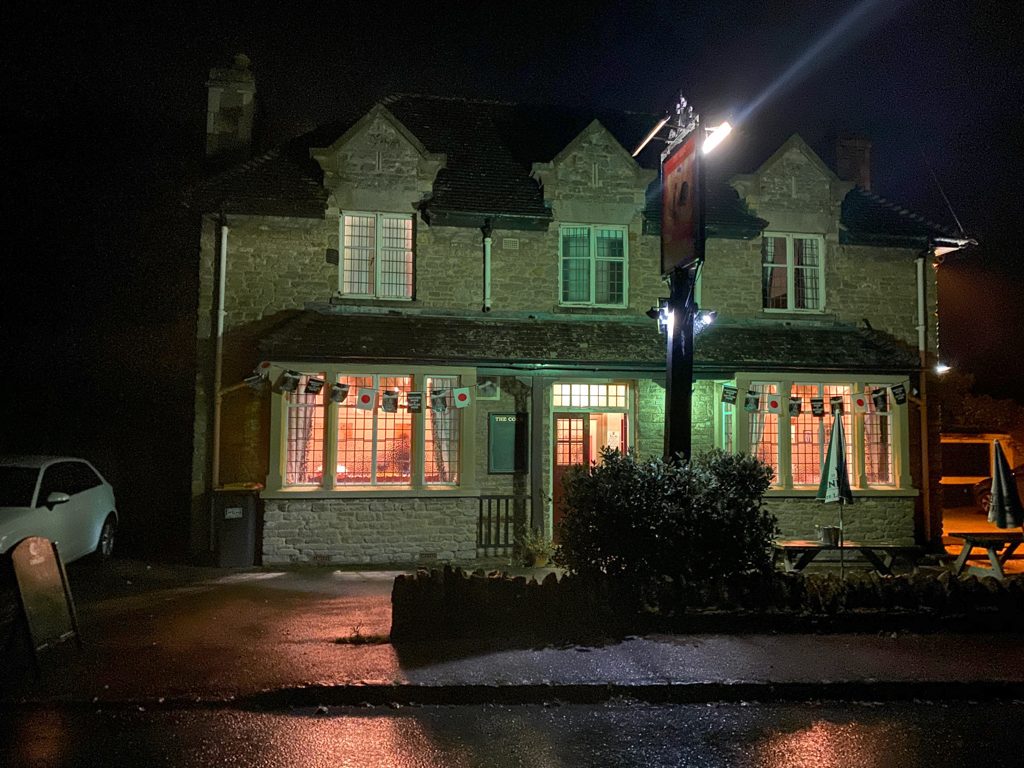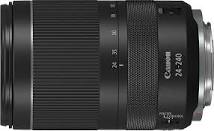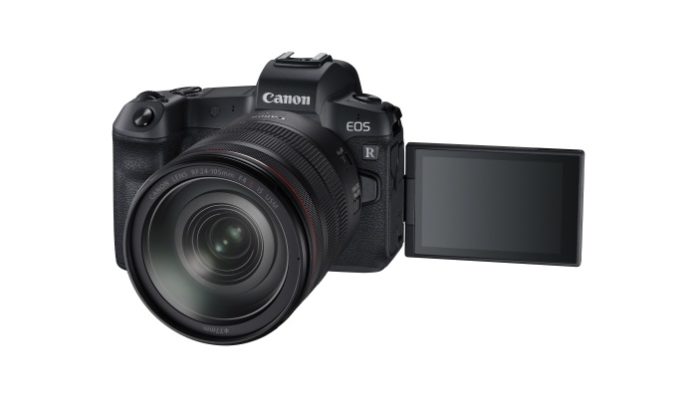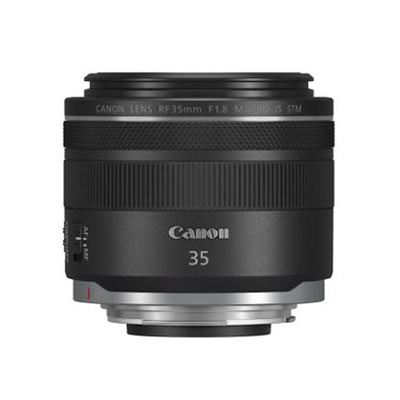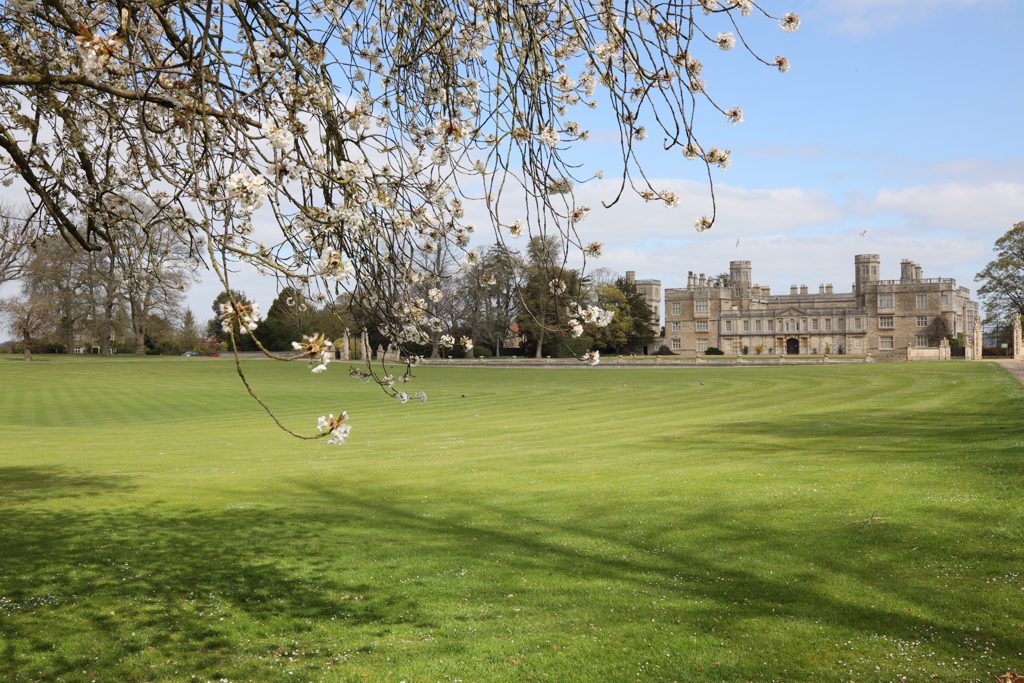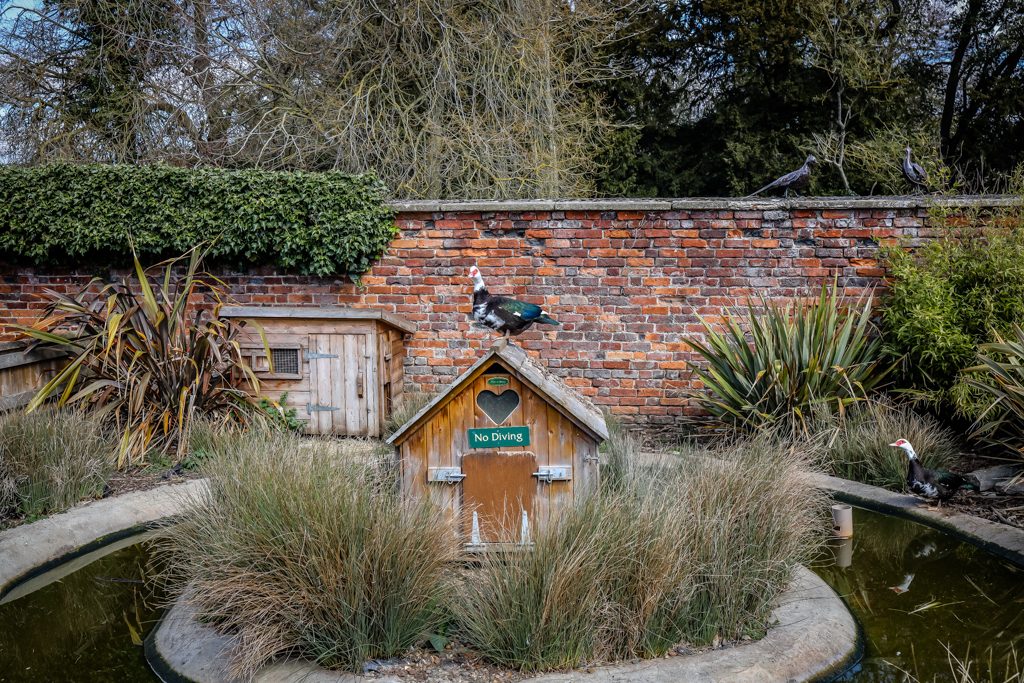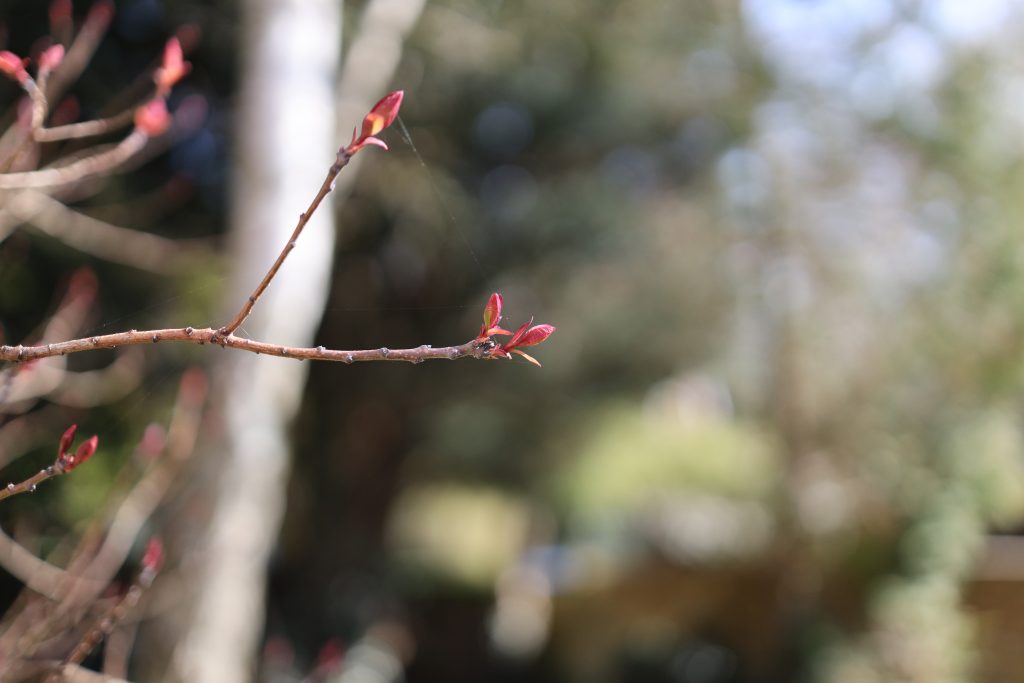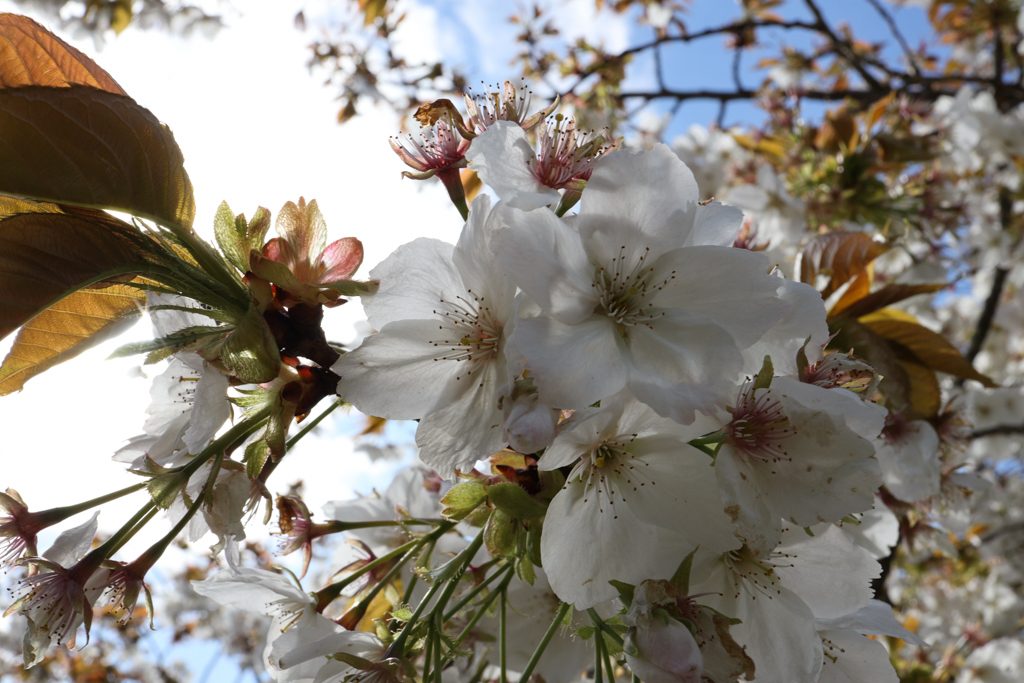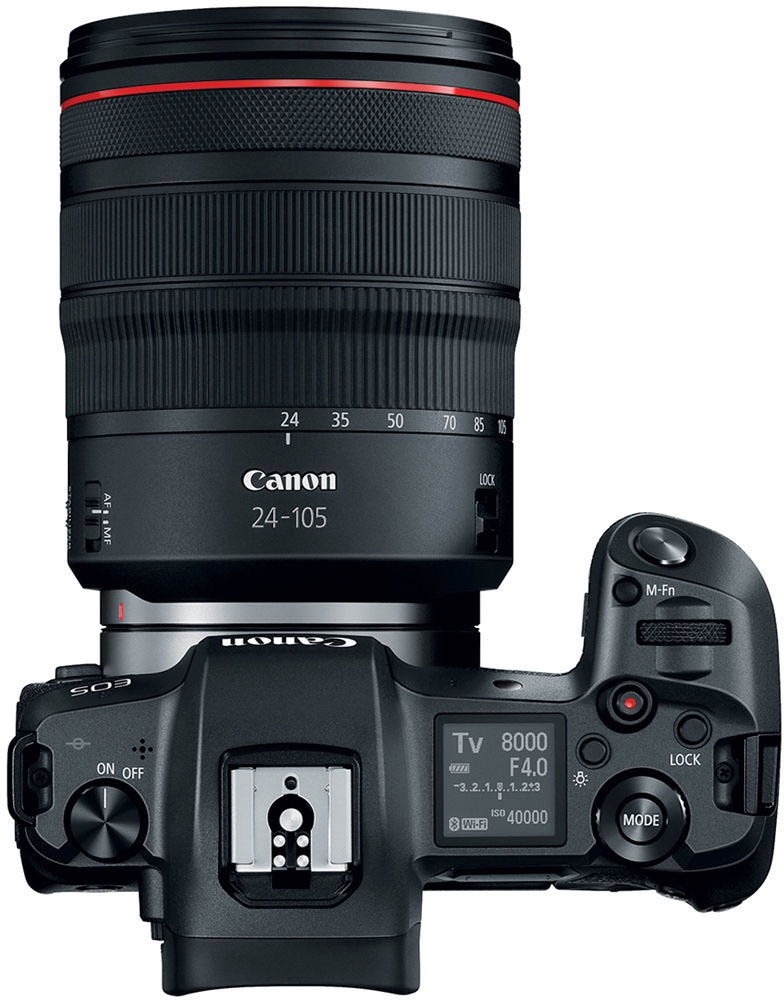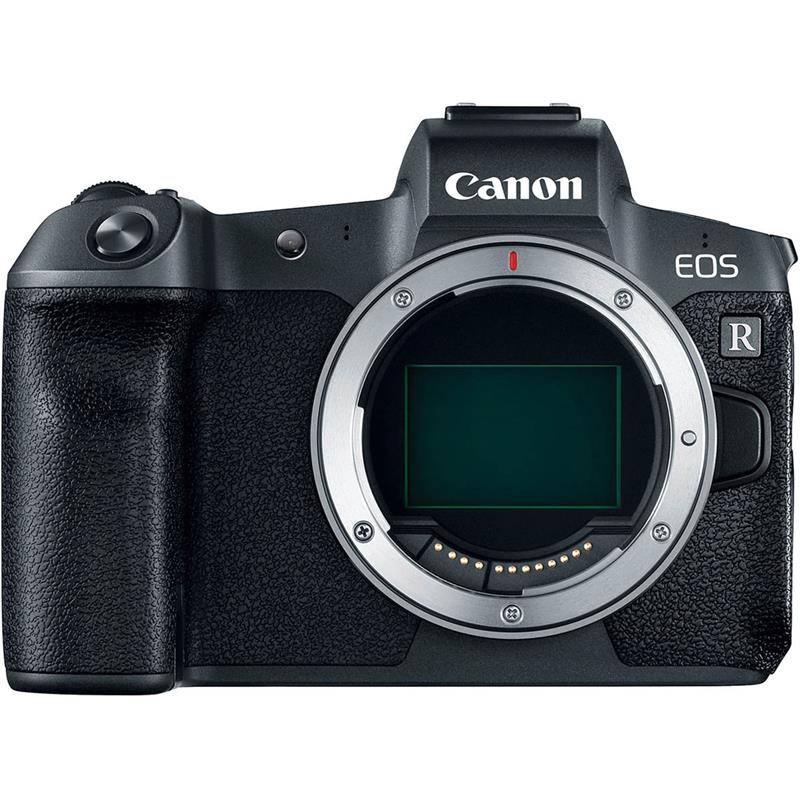
This is a review of the Canon RF 24-240mm lens. It is a true and accurate reflection of using my own lens in the field over several weeks.
Disclaimer
Let’s get one thing clear. I am reviewing a lens that I bought here in the UK. I have not been given the lens to review and I have not been on some Canon junket to write about the lens. This is my honest view.
Research on the Canon RF 24-240mm Lens
A big part of the fun of buying any photography equipment is the research before you buy. I shared my research on these pages both here and here.
Venice
I recently went to Venice which is a photographers paradise. I was shooting landscape and people. Although I took other lenses with me, the Canon RF 24-240 lens remained on my camera for most of the trip.
The flexibility of 24mm to a whopping 240mm is a joy. There is no thought that you may miss a shot because you don’t have the right lens. Just relax into shooting, confident that when the opportunity arises the lens can cope.
Quality of the Images
This is not an L lens so some photographers may worry that it is not top quality. In my view that may have been a problem in the past with the old EF mount. The new RF mount seems to have allowed Canon designers more flexibility to produce a better quality lens to fit the guide price. If this lens produces brilliant quality and it does, the RF L lenses are no doubt phenomenal.
However, I am not about to spend £2600 on a Canon RF 70-200mm F2.8L IS USM. When I could have three Canon RF 24-240mm lenses for the same price.

The image above is an example of the image quality. Taken at f9 at 1/1600 sec. It is possible to read the headlines on the gentleman’s newspaper and the papers in the shop doorway.
Minimum Aperture on the Canon RF 24-240mm lens
The minimum aperture on this lens is f4-6.3, which I imagined would be an issue. However, the image stabilisation on this lens more than offset that concern immediately. Canon claim it is five stops.
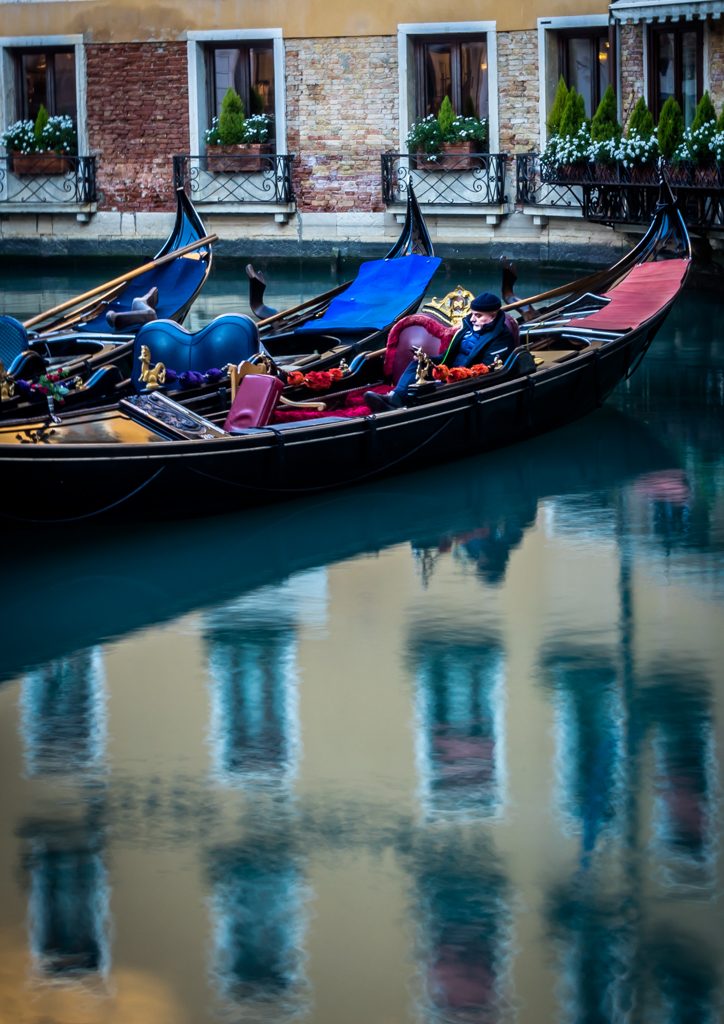
The image above was captured at 0.6 seconds in the early morning. There is no shake visible.
Distortion and Vignetting
Distortion and vignetting are apparent on this lens and was certainly a reason for some reviewers to unfairly criticise the lens. In my view, lens distortion is not a problem. As I wrote in an earlier post here.
Superzoom lenses are fantastically convenient, but notoriously difficult to build. As a result Canon have taken a leaf out of Apple, Samsung and Hauwie’s playbook and made a good lens a great lens with the addition of sophisticated algorithms.
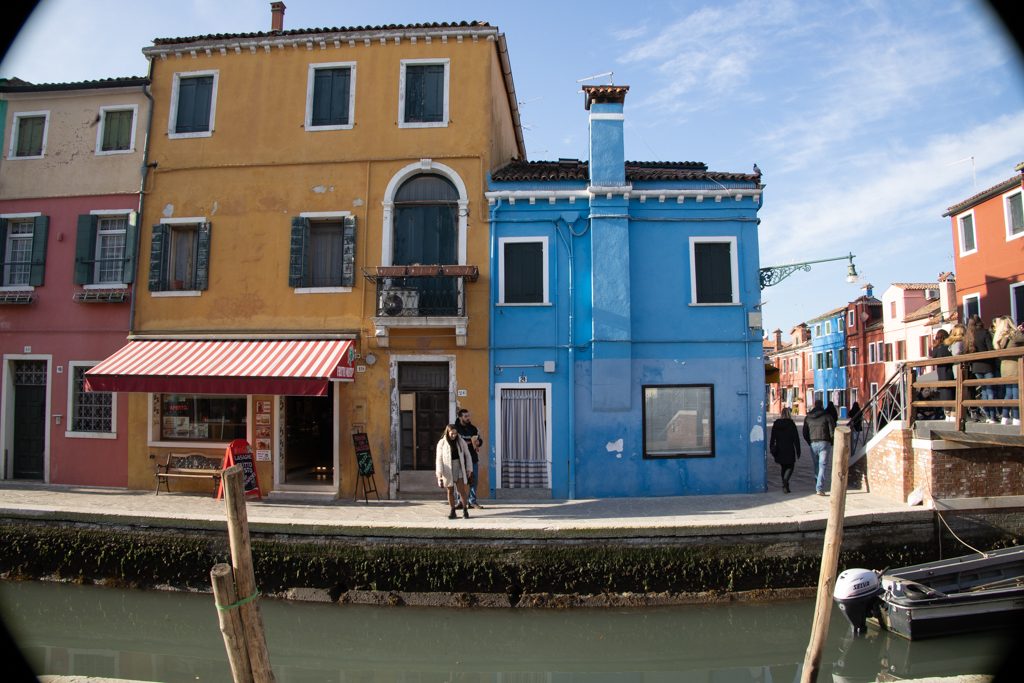
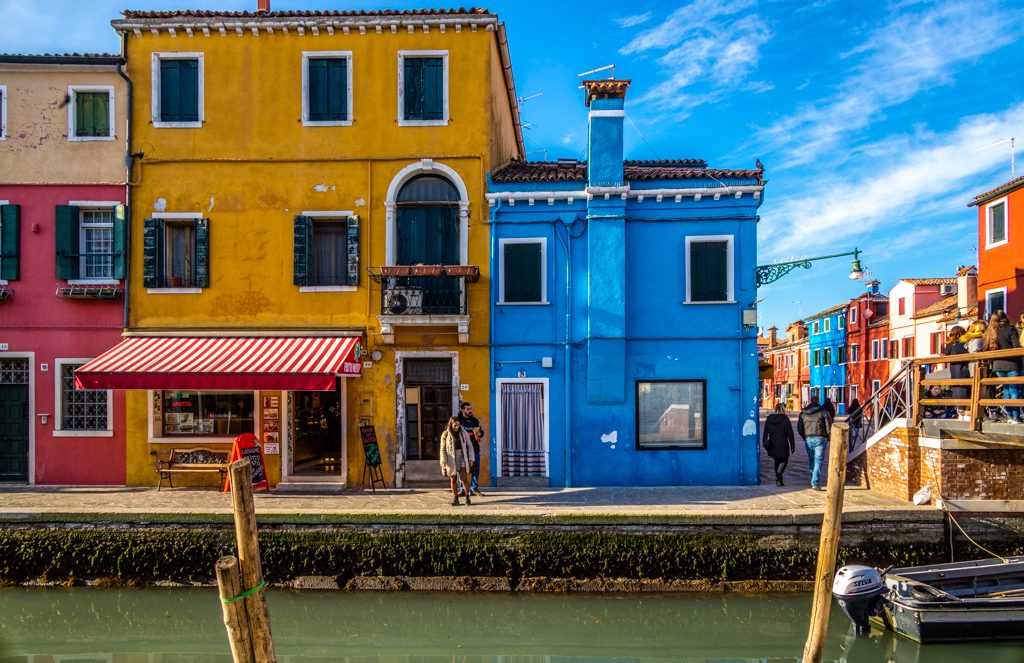
As shown above, the RAW image is corrected perfectly in Lightroom. Just remember to include in presets or build into a workflow. The in-camera software will automatically do the same for JPEG images.
Usability
The lens is light considering the amount of glass at just 750g and feels well balanced on the R. It is plastic but feels solid and the zoom ring is smooth in operation.
The zoom ring can double as a control ring using a switch on the side of the lens. The control ring is one of my favourite features of the RF system. I set mine to exposure compensation.
Focussing with the silent Nano USM motor is fast. I did not experience any hunting.
It would be useful if the lens was weatherproofed.
Conclusion
As a street and urban photographer, this lens is perfect for wandering the streets and capturing people and situations. When you get to work with a 10x zoom, you have got to ask yourself, ‘Is it really worth carrying a bag of expensive lenses with you?’
This is not just a travel lens it is an everyday lens. I know I use it every day.
UK
USA
Camera Wrist Strap
I have avoided dropping my camera so many times using a simple inexpensive wrist strap like this one. Cameras and expensive lenses do not bounce!
UK
USA
